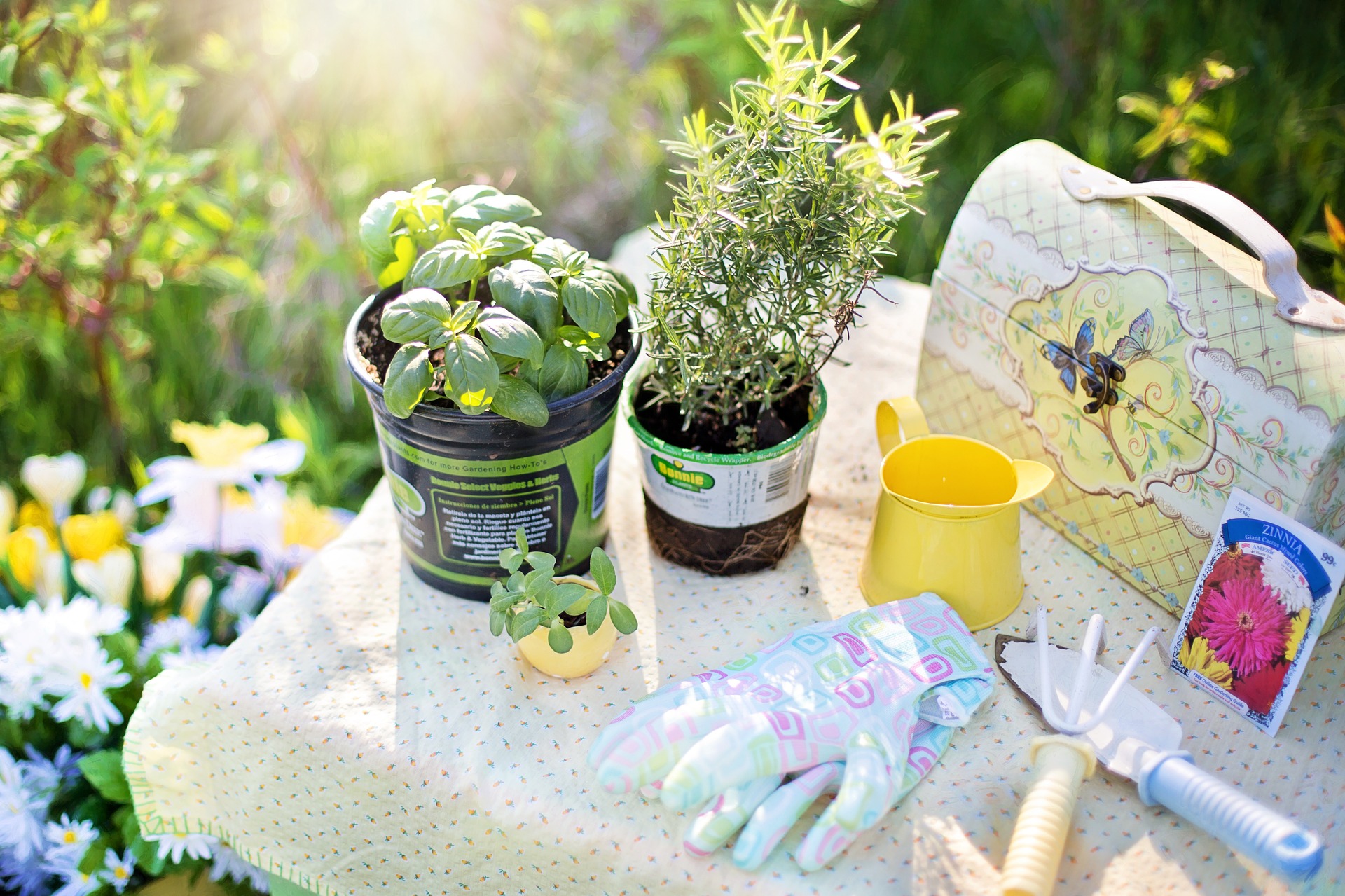Top Summer Gardening Tips

Summer is the period of the year when your garden is in its full glow and growth, and that brings a lot of tasks for you also. I am sure you don’t mind the work, however it doesn’t hurt to know how to prioritize.
1. Pest control
Keep an eye on your garden for any indication of pests with the goal that you can act quickly and make a move before the issue spreads wild. On roses particularly, look out for aphids and mold. This is likewise a decent time to reapply pepper wax or whatever you may use to keep the deer, rabbits and other enormous vermin away as well.
2. Watering
Bear in mind to stay aware of your watering, particularly as the extremely hot climate sets in. On the off chance that you don’t water enough, roots will remain close to the surface, making them significantly more inclined to the warmth. An inch of water a week is a decent amount, so don’t simply spray, water profoundly.
3. Saw annuals
Since all risk of frost is gone, early summer is an impeccable time to sow hardy annuals, for example, lupines, outside in the garden. You can likewise sow biennials, for example, forget-me-not. These hardy plants are anything but difficult to develop outdoors from seed.
4. Plant bulbs
Midsummer is an ideal opportunity to plant bulbs that will sprout in the fall, for example, colchicum. Wait for late summer to plant bulbs that will sprout in the spring.
5. Indoor garden
Early summer is the perfect time to plant in containers, for example, porch pots, window boxes, and hanging baskets. Now that the climate is warm and stable, it is safe to put the containers outside. Remember to feed container plants as the summer advances.
6. Staking and support
Set up stakes and support for tall, herbaceous plants, such as peonies and delphiniums. This will keep them from falling over or look chaotic as they become tall and heavy with blossoms with the advancing season. As climbers show new development, make certain to position them on a supportive frame to keep up control over where they develop and prevent chaotic appearance.
7. Dead-heading
This is also a spring task, yet you need to keep on dead-heading blossoms that have gone all through the summer (this will increase flowering time and strengthen the plant). Give careful consideration to dead-heading blossoms that self-seed once they have passed with the goal that you keep up control over where they spread in your garden. On the off chance that you need to propagate certain plants, you can spare the flower heads for planting at a later date.
8. Prune Shrubs
Numerous shrubs don’t require pruning, however a few of them that blossom in the spring and early summer, for example, lilacs, will profit from pruning once they have completed the process of blooming. This keeps them looking flawless season after season.
9. Vegetables
You should know the frost date for your region and when the time is right, you can start. More time in the ground implies greater and faster harvest.


